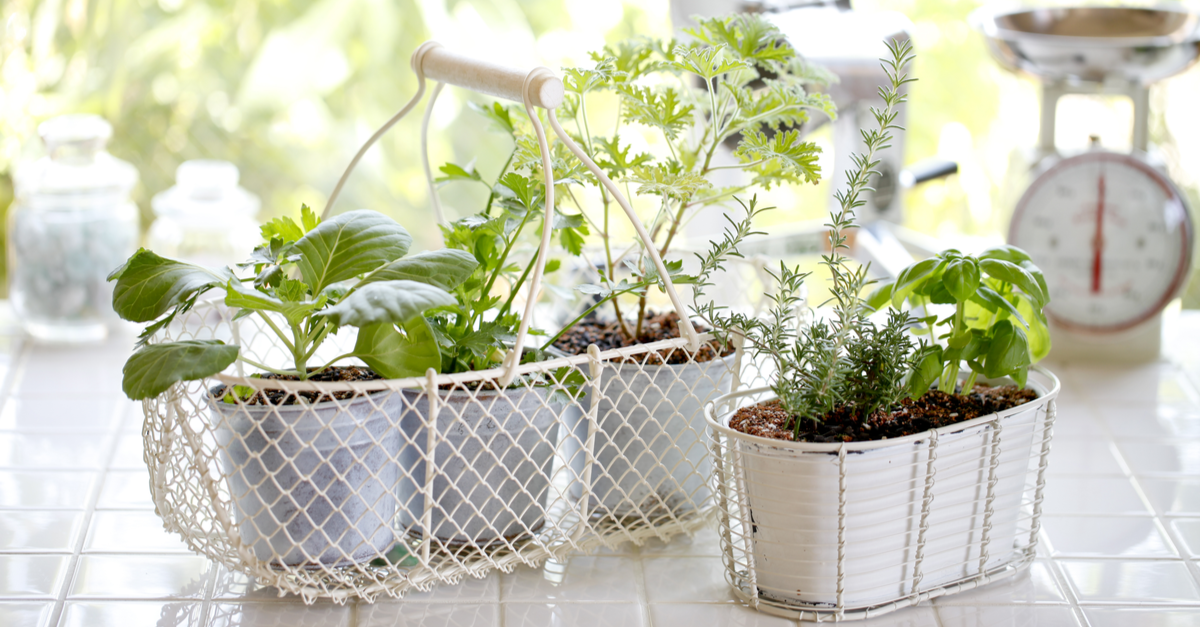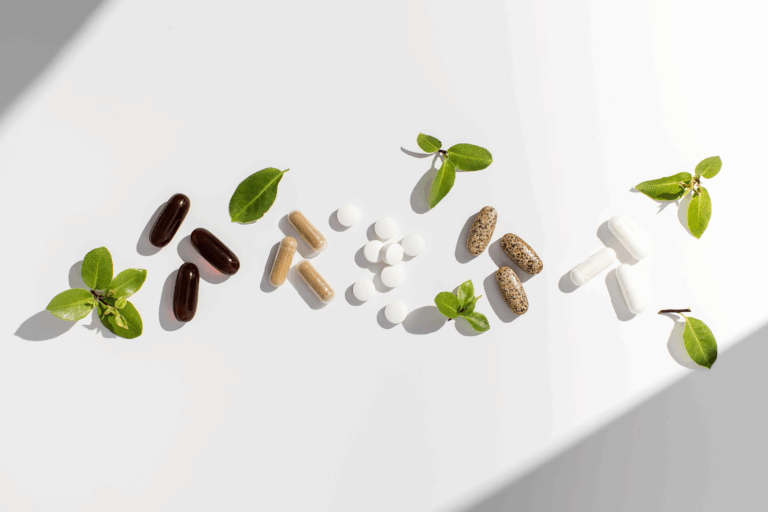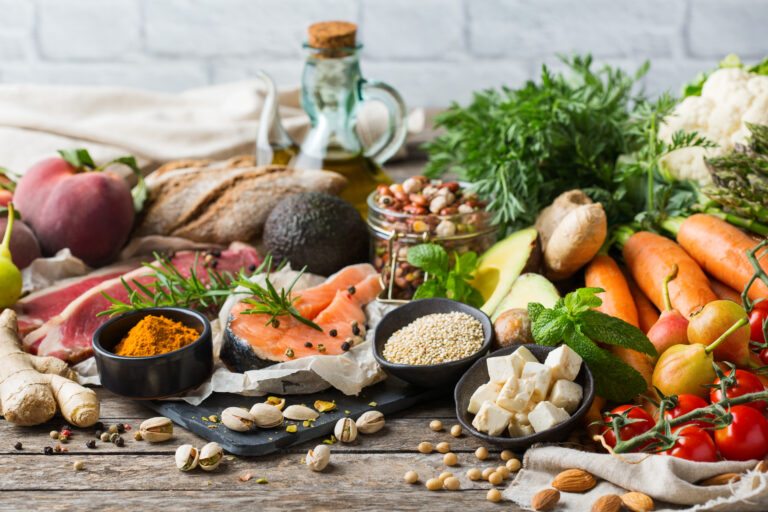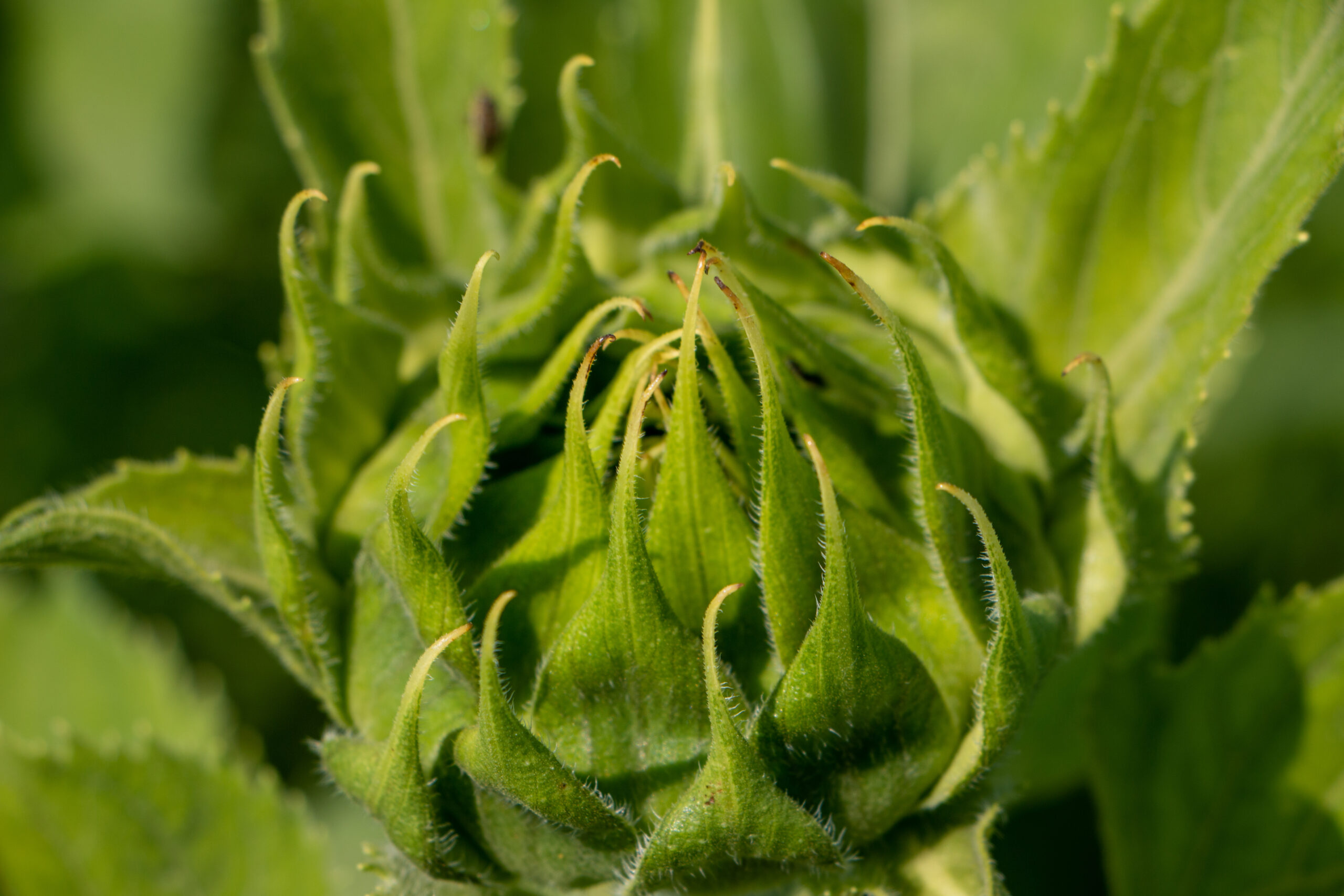Herbs for Spring Cleansing
With the seasonal transition to spring comes a sense of renewal and rejuvenation that is witnessed throughout the natural world, and herbs for spring cleansing become a relevant consideration. The shift from cold and cozy nights to warmer and brighter days is a time when plants are busily photosynthesizing, and the energy stored beneath the soil within their root systems spurs towards the sun. This cycle that occurs every spring has been observed by many traditional peoples and models of healing as a time when the body is also adapting to the changes reflected in the natural world. The potent energy of spring brings with it an opportunity to invigorate and revitalize the body and, in particular, to support the ability to detoxify through our primary organs of elimination.
Traditionally, certain herbs and foods categorized as depuratives (or alteratives) would be emphasized for consumption during the transition from winter to spring. These plants were considered to have purifying and detoxifying effects and would be given to gently assist the body in its natural ability to eliminate waste mainly through the liver, kidneys, digestive, and lymphatic systems. Though much is still waiting to be learned, modern research has helped to elucidate some of the mechanisms behind these traditionally observed effects, including their potential usefulness within a spring detoxification protocol.
| Herbal Action | Definition | Herbal Examples |
| Hepatoprotectives & restoratives | Protect the liver from free radical damage, help resolve inflammation, and aid in the regeneration of hepatocytes | Milk Thistle (Silybum marianum)Schisandra (Schisandra chinensis)Rosemary (Rosmarinus officinalis) |
| Hepatic stimulants (Cholagogues & Choleretics) | Aid in the formation & secretion of bile and act as gentle, natural laxatives which improve the absorption of fat/fat-soluble vitamins, intestinal pH, and microbial balance | Turmeric (Curcuma longa)Burdock (Arctium lappa)Oregon grape (Berberis vulgaris)Dandelion root (Taraxacum officinalis) |
| Diuretics | Increase the elimination of urine from the body | Nettle (Urtica diocia)Dandelion leaf (Taraxacum officinalis) |
| Lymphatics | Promote circulation and improve lymphatic flow | Cleavers (Galium aparine)Poke root (Phytolacca spp.) |
| Laxatives | Aid in the elimination of waste from the bowel through bulking or stimulating effects | Slippery Elm (Ulmus fulvus)Rhubarb (Rheum palmatum)Cascara (Frangula purshiana)Yellow Dock (Rumex crispus) |
Many herbal traditions acknowledge the use of herbs to enhance the elimination of metabolic waste as a means of achieving greater health and vitality. In traditional Chinese medical theory, the organs and meridians of the liver and gallbladder are associated with the season of spring, making it a particularly opportune time to support their functions. In the United States, the Eclectic Physicians of the 19th century would recommend the use of roots such as burdock (Arctium lappa), yellow dock (Rumex crispus), and Oregon grape (Berberis vulgaris), along with nutritive greens like nettle (Urtica diocia) and dandelion leaf (Taraxacum officinalis) to help stimulate the bowels, bladder, and lymph while providing significant nutrition in the form of macro- and micronutrients. In Ayurvedic medicine, turmeric (Curcuma longa) continues to be an important herb to support the body’s natural detoxification pathways by promoting healthy bile production, digestion, and elimination while controlling excessive inflammation.
Herbs for Spring Cleansing
Milk Thistle
Milk thistle (Silybum marianum) has a long use in traditional Western herbal medicine for liver and gallbladder concerns and is also acknowledged for its ability to benefit the kidneys, a lesser-known property which there is now also some evidence to support.1,2 Its seed contains a complex of flavolignans (predominantly silybin) which have been shown to improve liver function specifically when exposed to alcohol, drugs, and other environmental toxins.3,4 Repairing liver damage caused by chemical injury is achieved through the great replicative capacity of hepatocytes, which is partly how milk thistle lends its beneficial effects.5 Hepatoprotective properties result in part from the stabilization of hepatocyte membranes against injury, increasing intracellular concentrations of glutathione, and inhibiting of free radical production during the metabolism of toxins.6
Dandelion Root & Leaf
Both the roots and leaves of dandelion (Taraxacum officinalis) have been used as a traditional spring tonic and often in the form of a bitter nutritional food. Its mineral-rich leaves are considered to act as potassium-sparing diuretics which improve the removal of metabolic waste through the kidneys without depleting the body of vitamins and minerals.7 Sesquiterpene lactones such as taraxacin help to stimulate digestion and lend mild laxative effects.8 The root, rich in the prebiotic inulin, is often prescribed in conditions of liver and/or gallbladder inflammation or stasis including cholelithiasis and metabolic toxicity, and it is also considered to have significant hepatoprotective and immunomodulating effects.9-11
Burdock
Burdock (Arctium lappa) root is another herb traditionally used to support springtime renewal, enhance detoxification pathways, and increase cellular metabolism. It was often prescribed in conditions where sluggish digestion and lymphatic flow were viewed as contributing factors towards chronic inflammatory complaints. The root has long been used as a food in European and Asian cuisines due to its high nutritional content and gentle laxative and hepatic stimulant effects. With a similar constituent profile to dandelion root, burdock contains lignans, vitamins and minerals, bitter sesquiterpene lactones (arctiopicrin), and inulin, which can support healthy elimination and digestive functions including the growth of beneficial gut bacteria and contribute towards its health-enhancing effects.12-14
Yellow Dock
The root of yellow dock (Rumex crispus) is another traditional spring cleansing herb, with primary actions including digestive function and ensuring healthy gut motility. Considered useful in many detoxification protocols, yellow dock contains anthraquinone glycosides which have a mild laxative action that stimulate the intestines to undergo peristalsis. It is also known to be rich in iron and other minerals, has mild bitter properties, and was used traditionally to help promote bile flow, aiding in indigestion and mild constipation.15,16
Nettle Leaf
Nettle leaf (Urtica diocia) or “Stinging Nettle” is another herb with a long history of use as a medicinal food. Best harvested in late March to April, this traditional spring tonic contains a range of phytochemicals that can benefit nearly anyone wishing for greater nutritional support. Once the fresh leaves and stems are picked and washed, the fine hairs known to act as contact irritants are no longer of harmful, and the plant can be consumed as would any other dark leafy green vegetable. Rich in chlorophyll, flavonoids, and phenolic acids, nettle leaf is well-recognized for its anti-inflammatory effects and ability to significantly increase urine output, promoting the removal of uric acid alongside the replenishment of micronutrients and electrolytes.17 There is also some evidence to suggest that nettle can be of particular benefit for allergic seasonal challenges specific to springtime, including rhinitis.18,19
Creating an annual cycle of “spring cleaning” with herbs acknowledges their historical role in supporting the body’s transition from hibernation mode to new growth and revitalization. Adjunctive treatments such as a hypoallergenic diet, “digital detox” (avoiding screen time in the evenings and on weekends) and prioritizing 30 minutes of designated “Nature Time” a day can also encourage one’s sense of well-being and allow a deep benefit both mentally and physically from a gratifying seasonal shift.
- Sonnenbichler, J.,et al. . (1999). Stimulatory effects of silibinin and silicristin from the milk thistle Silybum marianum on kidney cells. Journal of Pharmacology and experimental therapeutics, 290(3), 1375-1383
- Abdelmeguid, N. et al. (2010). Protective effect of silymarin on cisplatin-induced nephrotoxicity in rats. Pak J Nutr, 9(7), 624-36.
- Bektur, N. et al. (2016). Protective effects of silymarin against acetaminophen-induced hepatotoxicity and nephrotoxicity in mice. Toxicology and Industrial Health, 32(4), 589-600.
- Razavi, B. M., & Karimi, G. (2016). Protective effect of silymarin against chemical-induced cardiotoxicity. Iranian journal of basic medical sciences, 19(9), 916.
- Fausto, N. (2000). Liver regeneration. Journal of hepatology, 32, 19-31.
- Pradhan, S. C., & Girish, C. (2006). Hepatoprotective herbal drug, silymarin from experimental pharmacology to clinical medicine. Indian Journal of Medical Research, 124(5), 491-504.
- Clare, B. A., Conroy, R. S., & Spelman, K. (2009). The diuretic effect in human subjects of an extract of Taraxacum officinale folium over a single day. The Journal of Alternative and Complementary Medicine, 15(8), 929-934.
- Shutz, K et al. Taraxacum: a review on its phytochemical and pharmacological profile. J Ethnopharmacol 2006;107:313-323.
- You, Y. (2010). In vitro and in vivo hepatoprotective effects of the aqueous extract from Taraxacum officinale (dandelion) root against alcohol-induced oxidative stress. Food and chemical toxicology, 48(6), 1632-1637.
- González-Castejón, M. et al. Diverse biological activities of dandelion. Nutr Rev. 2012 Sep;70(9):534-47.
- Ren, F. et al. (2019). Dandelion polysaccharides exert anticancer effect on Hepatocellular carcinoma by inhibiting PI3K/AKT/mTOR pathway and enhancing immune response. Journal of Functional Foods, 55, 263-274.
- Ahangarpour, A., et al. . (2017). Antidiabetic, hypolipidemic and hepatoprotective effects of Arctium lappa root’s hydro-alcoholic extract on nicotinamide-streptozotocin induced type 2 model of diabetes in male mice. Avicenna journal of phytomedicine, 7(2), 169.
- Chan, Y. S. et al. (2011). A review of the pharmacological effects of Arctium lappa (burdock). Inflammopharmacology, 19(5), 245-254.
- Prakash, M. Eet al. Bioactive compounds and health benefits of edible Rumex species-A review. Cell Mol Biol (Noisy-le-grand). 2018 Jun 25;64(8):27-34.
- Başkan, S., et al. (2007). Analysis of anthraquinones in Rumex crispus by micellar electrokinetic chromatography. Talanta, 71(2), 747-750.
- Yarnell, E. (1998). Stinging nettle: A modern view of an ancient healing plant. Alternative and Complementary Therapies, 4(3), 180-186.
- Roschek Jr, B. et al. (2009). Nettle extract (Urtica dioica) affects key receptors and enzymes associated with allergic rhinitis. Phytotherapy Research: An International Journal Devoted to Pharmacological and Toxicological Evaluation of Natural Product Derivatives, 23(7), 920-926.
- Ayers, S. et al. (2008). Pharmacokinetic analysis of anti-allergy and anti-inflammation bioactives in a nettle (Urtica dioica) extract. Online Journal of Pharmacology and Pharmaco Kinetics, 5, 6-21.







